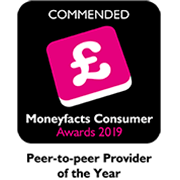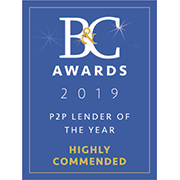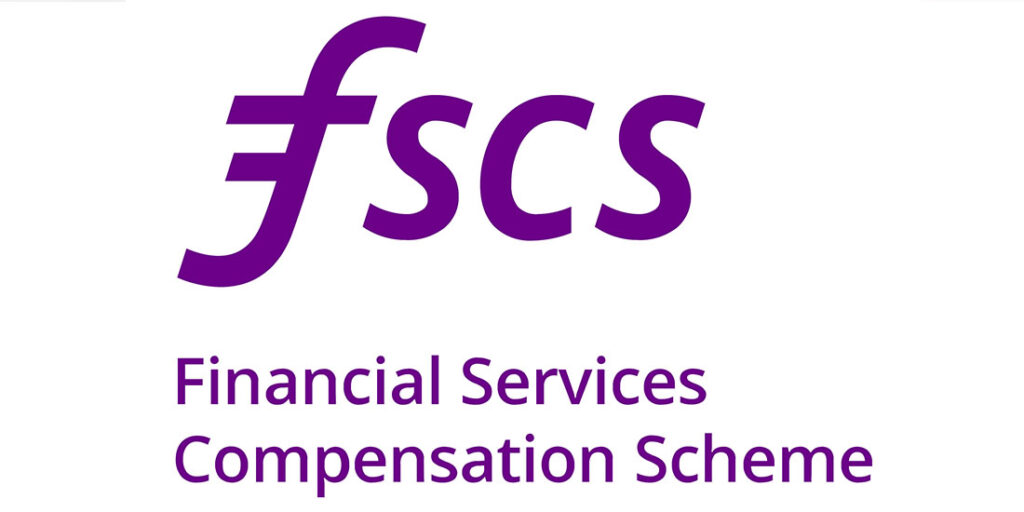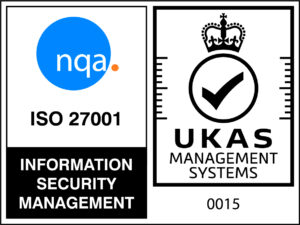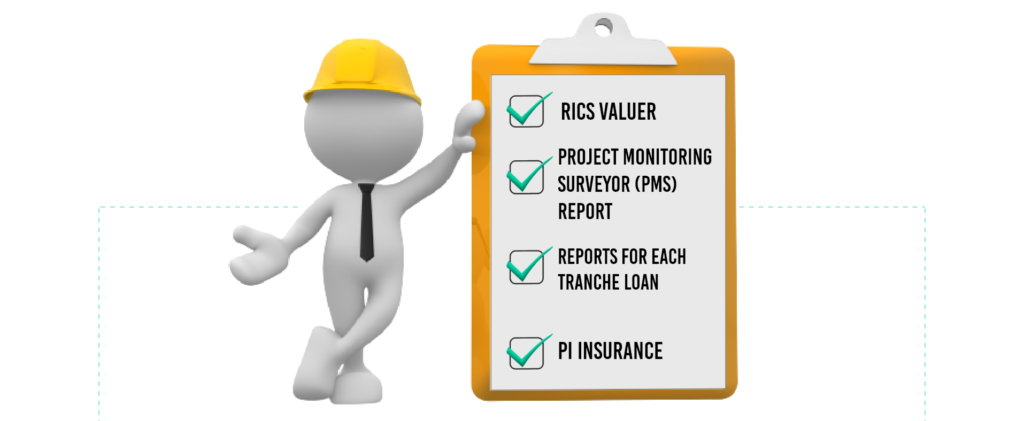
What is a development loan?
Purchasing a property at a low price, developing it to increase its value to make profit, sounds like a good plan. However, in order to achieve this, you need to understand how development finance works to ensure you start right and take your development project in the right direction.
What is a development loan?
Development loans are typically between 12 to 24 months. They are designed to help with the building cost of a residential or commercial development project. This could be a ground up development, refurbishment, or conversion.
How Does a Development Loan Work?
Development finance has two main parts. First, funding is required to buy the development land/property and second, a development loan is used to cover the build costs. The second part of the development finance is generally drawn down in tranches (usually against a monitoring surveyors report or invoices of works undertaken). So no advance is given by the lender for this specific tranche unless a report proves the work has been done and there are no issues outstanding.
The development loan will usually be dependent on a sign-off from a Project Monitoring Surveyor (PMS), based on the project type, developer experience, and build cost. The PMS acts as the lender’s eyes and ears to ensure the work progresses on budget and on time.
They will also flag any potential issues there may be with the development or the site itself. An example would be where building materials costs have increased therefore, the original build appraisal will be out in terms of costs and or time. A lender would then need more equity to ensure the development will be covered by the original loan arranged. All issues have to be resolved before a loan tranche will be advanced by the lender for the works the builders have just done and prepaid.
The PMS will act for the lender, but the borrower will pay their costs.
Some clients will undertake the build themselves if they have sufficient experience and some will employ a contractor to undertake the works for them to ensure the build is of a suitable standard and within regulation.
The funding amount is determined based on an independent valuation report which provides three key things:
- Current open market value: the value of the property/Land as the current time
- The construction costs: this will be all the build costs for the development
- The gross development value (GDV) : the value of the property after the development has taken place and all works are complete
All lenders will have their own lending criteria but each deal is evaluated taking into account the value, build costs and proposed GDV. Lenders will look at the build, the developer, the security, valuations, build costs etc before deciding whether they can lend or not.
Here are some key points to help you understand development finance:
- Minimum loan size
Every lender has its own lending limit, which usually starts around £50,000.
- Loan to cost
In simple words, this is the cost or loan amount that is needed to undertake the project. A lot of lenders provide funding for up to 80% of the project. However, with high financing comes higher risks, which means high interest rates. So borrowers should be prepared to pay high-interest rates.
- Loan To Gross Development Value (LTGDV)
LTGDV is where money is lent against the predicted market value of the property once complete. This is one of the essential metrics to consider for investors and developers. The standard LTGDV tends to be 60% to 65% for lenders.
- Loan Term
Most lenders offer development finance for 12 to 24 months.
- Experience
Experience is very important for lenders, whether you are a Ltd company or a sole trader. Most lenders like to see your experience with similar development projects as this will demonstrate your ability to undertake the build.
All these details are put in the offer of funding. Once the borrower accepts the offer, the lender begins the formal process. Furthermore, the paperwork regarding loan is handled by both parties (borrower and lender) solicitors. After all legal formalities are completed, the funds are released to the borrower.
The repayment for the development loan is expected within the agreed term date. However, in some circumstances, borrowers might be able to get an extension for the repayment with additional charges.
Bridging loans
Bridging loans are short-term loans that are used for immediate cash flow. One of the biggest advantages of bridging loans is that you can secure funds fast.
With a bridging loan you can;
- Purchase a property quickly (maybe at auction): Unlike the high street lenders, bridging loan UK companies can offer loans quickly so you don’t have to lose the property you are looking for.
- Secure land planning permission: with bridging loans, developers can complete the purchase of the site while applying for planning consent.
- Bridging the gap between purchase or renovation of property: if you have made an offer on the house or your build project needs turnaround without delay. With bridging loans, you can seize all opportunities.
These loans can act as the initial step for development finance. Developers can purchase a property with a bridging loan and use a development loan for build work.
Paperwork needed for Development Finance
Paperwork is the most important part of the loan application. In fact, with development finance, there is more paperwork because the property’s future value is taken into account. For development finance, developers will need the following:
- The current value of the property or purchase price of the property if not already owned
- Predicted property end value along with evidence i.e. valuation
- The schedule of cost of renovations and building
- The complete schedule for development
- A copy of property planning permission
- Complete details about other professionals involved in the project
- All details of building regulation
- A portfolio to show experience in similar projects
- Any planning restrictions in place
- All details about the building regulations
- and more
Development Loan Example
Let’s say you are purchasing land on which you want to build multiple properties. The cost of the land is £150,000, and the predicted build cost is £600,000. With a bridging loan, you may get funding for up to 60% of the land purchase, and with a development loan, you may get funding for up to 60% of the build cost.
- Land purchase cost = £150,000
- Predicted build cost = £600,000
- Bridging loan = £90,000 for land
- Development loan £360,000 for the build
- Total Funding £450,000
Property Development 7 Phases
We have identified 7 Phases of property development. With this simple system, investors will be able to see the development project’s progress.
* Capital is at risk and Kuflink is not protected by the FSCS. Past returns should not be used as a guide to future performance. Securing investments against UK property does not guarantee that your investments will be repaid and returns may be delayed. Tax rules apply to IF ISAs and SIPPs and may be subject to change. Kuflink does not offer any financial or tax advice in relation to the investment opportunities that it promotes. Please read our risk statement for full details.







